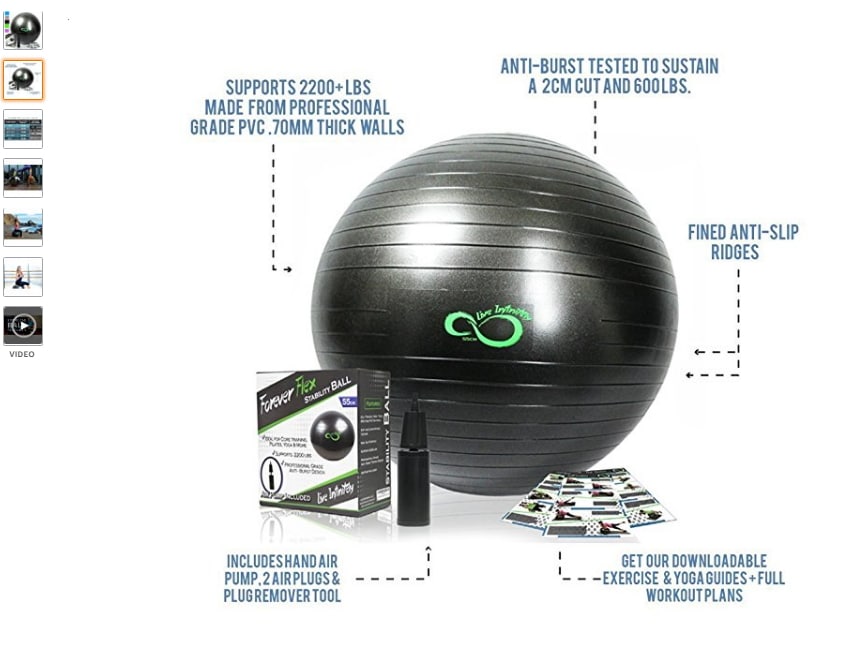Join Us To Uncover Essential Photography Suggestions That Will Certainly Unlock Your Video Camera'S Possibility-- Prepare To Capture Magnificent Images In No Time!
Join Us To Uncover Essential Photography Suggestions That Will Certainly Unlock Your Video Camera'S Possibility-- Prepare To Capture Magnificent Images In No Time!
Blog Article
Content Create By-Lundgreen Elmore
When you initially get your cam, it can feel frustrating with all the setups and choices available. You might find yourself questioning how to navigate aperture, shutter speed, and ISO efficiently. Understanding these principles is crucial, yet there's more to digital photography than simply technical knowledge. Recognizing make-up methods and lights conditions can boost your pictures significantly. So, what happens if you could learn straightforward methods to enhance your skills and begin recording remarkable images faster than you believe? Allow's explore just how to transform your digital photography journey.
Comprehending Cam Settings
Recognizing your camera setups is important for capturing spectacular images. When you pick up your electronic camera, familiarize on your own with the 3 primary setups: aperture, shutter rate, and ISO. Each plays an important duty in exactly how your photos turn out.
Start with aperture, which controls the quantity of light getting in the lens. A wider aperture (lower f-number) lets in a lot more light and produces a stunning background blur, ideal for portraits. Conversely, a narrower aperture (higher f-number) maintains more of the scene in focus, ideal for landscapes.
Next, concentrate on shutter rate. This setup figures out the length of time your camera's sensing unit is exposed to light. A fast shutter speed ices up activity, which is excellent for activity shots, while a slow shutter speed can produce sensational impacts like smooth water in landscapes.
Lastly, change your ISO. This setup affects your electronic camera's level of sensitivity to light. A greater ISO is useful in low-light scenarios yet can introduce noise or grain. Go for the most affordable ISO possible while still achieving appropriate direct exposure.
Structure Methods
When you're out shooting, make-up can make all the difference in exactly how your images resonate with viewers. Start by utilizing the regulation of thirds; imagine your framework separated into nine equal sections with two horizontal and two vertical lines. Position crucial elements along these lines or at their junctions to develop equilibrium and passion.
Next off, take into Studio Photo leading lines. These all-natural lines in your scene, like roadways or rivers, draw the customer's eye right into the photo, leading them through the story you're telling.
Don't forget about framing; use elements within your scene, like trees or windows, to produce a frame around your topic, including depth and emphasis.
Also, keep an eye on your history. A cluttered background can sidetrack from your main subject, while a basic one assists it stand out.
Last but not least, try out proportion and patterns; they can produce a striking picture that records interest.
Learning Lighting Conditions
Mastering lights problems is important for recording stunning photographs, as the appropriate light can transform a common scene into something phenomenal.
Start by observing all-natural light at various times of the day. Early mornings and late afternoons offer the very best light, known as the golden hour. The soft, warm tones during these times can improve your photos beautifully.
http://eve41rosario.xtgem.com/__xt_blog/__xtblog_entry/__xtblog_entry/37577873-imaginative-ways-to-market-your-digital-photography-solutions?__xtblog_block_id=1#xt_blog shy away from cloudy days either; diffused light can lessen extreme shadows and produce a pleasing effect, particularly for pictures.
Try out backlighting by positioning your topic versus the light. This strategy can create a wonderful halo effect and add deepness to your images.
https://writeablog.net/alonzo5755trenton/just-how-to-build-a-digital-photography-profile-that-stands-apart to your cam setups too. Change the ISO, aperture, and shutter rate to match the lighting problems. A greater ISO can assist in reduced light, but beware of grain.
Use a tripod in darker atmospheres to avoid blur.
Last but not least, do not forget artificial lights. Flash and continual lights can be great tools for managing light in difficult problems.
Verdict
In conclusion, understanding your cam doesn't need to be frustrating. By understanding your settings, applying make-up techniques, and harnessing the power of all-natural light, you'll promptly elevate your photography skills. Keep in mind, practice makes excellent, so go out there and try out your newly found expertise. With time and dedication, you'll be capturing stunning images that show your unique viewpoint. Take pleasure in the journey, and don't forget to enjoy while you go to it!
